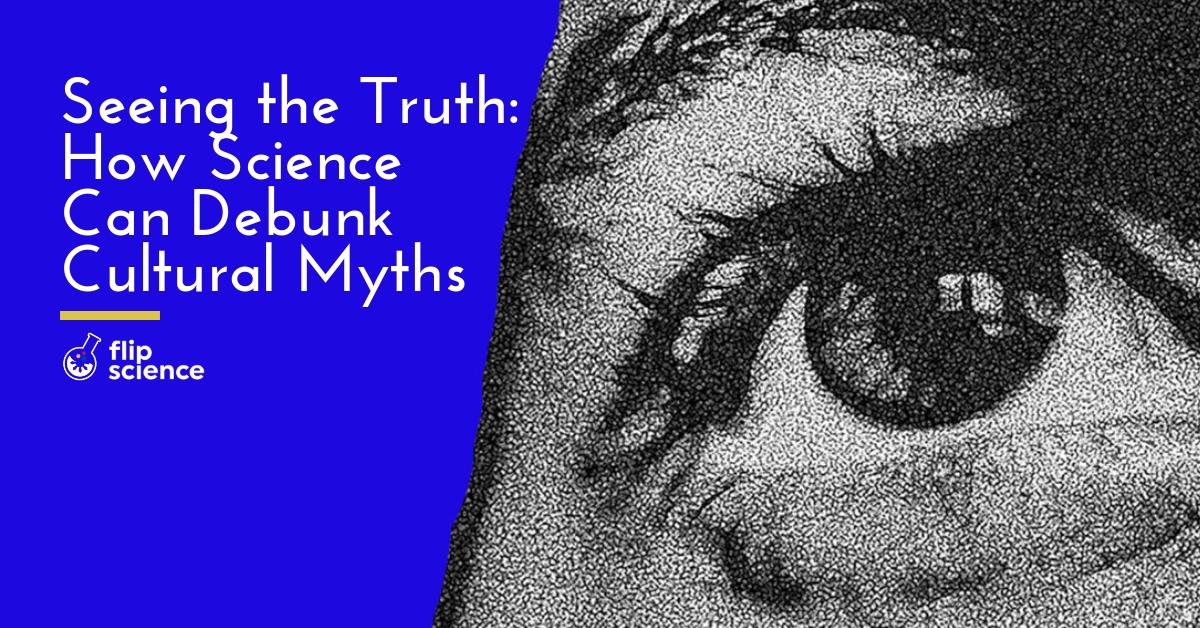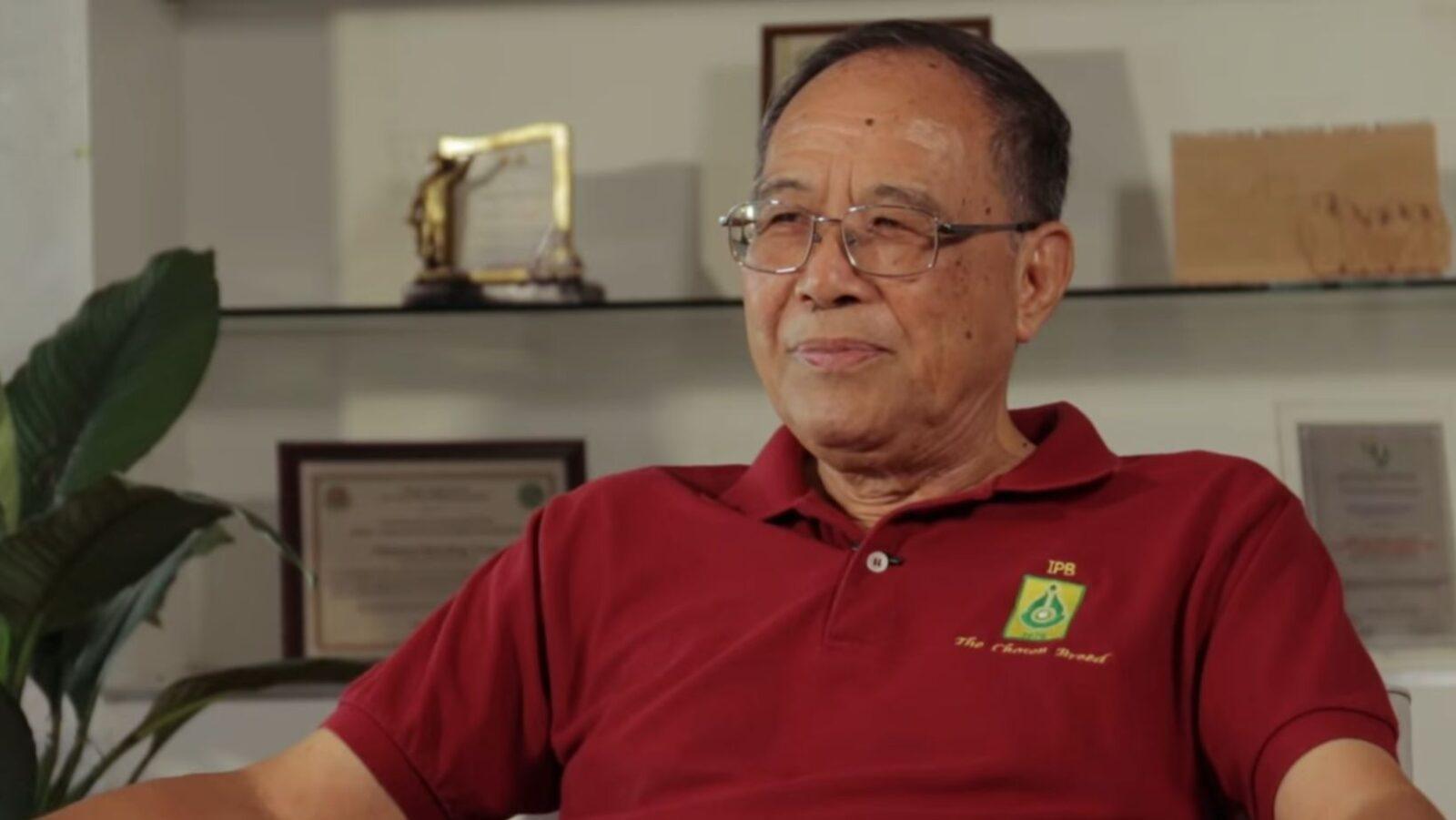• Despite advancements in modern science, cultural myths–beliefs based on religion or culture regarded as general truths–persist across the globe.
• In the Philippines, some continue to rely on myths in addressing seemingly mysterious illnesses.
• Science not only debunks pseudoscientific myths, but also gives hope to patients who have already accepted their “cursed” fate.
Through the years, the world has seen how science can address national issues, solve tough problems, or answer an inquisitive child’s questions. Despite all its detailed explanations and rigid processes, however, science can’t instantly provide a solution or explanation to everything.
Unfortunately, in the Philippines, what can’t be answered scientifically is often explained through pseudoscience and Filipino folklore.
According to a Pinoy social science paper on how cultural beliefs affect perception on genetic diseases, Filipino culture evolved from pre-colonial folk traditions, Catholic concepts introduced during Spanish colonization, and Western medicine brought by the Americans.
Up until today, common Filipino words associated with the supernatural are still used to describe health conditions beyond Western science. These words include: sumpa (curse), namamana (inherited), maligno (supernatural curses), and pasma (hot and cold).
Blinded by fate?
Although some of these may explain the cause of simple sicknesses, not all of these explanations are based on scientific evidence.
Take, for instance, the story of three Filipino patients diagnosed with Juvenile Open Angle Glaucoma (JOAG), a rare eye disease genetically passed down from one family member to another. The end stage of JOAG is permanent blindness.
At first, the entire family thought that their condition resulted from a ‘curse’. They even started to see halos and rainbows dancing in their vision.
“Our grandfather and his ex-girlfriend did not end up together,” John*, one of the patients diagnosed with JOAG, told FlipScience.
“The girl was upset at our grandfather that she had the whole family cursed,” he said, referring to the ‘sumpa’ that has been plaguing the four generations of his family for years.
John and his family members, Richard* and Jane*, had lost all hope for their condition. However, that was before they met ophthalmologist Dr. Ryan Collantes. Collantes’ burning curiosity about their condition led him to study more about the disease.
Soon, Collantes discovered a new type of mutation in the family members’ DNA — one that only advanced science can explain.
“This novel mutation causes the elongation of the [myocilin] protein, and it has never been described before. The elongation is the mechanism by which the trabecular meshwork cells [in the eye] die, thus, causing glaucoma in affected family members,” Collantes explained in a GMA News Online story.
Eyes on the prize
Collantes’ subsequent research on this disease earned him a position at Harvard Medical School and Massachusetts Eye and Ear under ophthalmologist Dr. Janey Wiggs. He also received a grant from the Dr. David L. Epstein award for clinician-scientists pursuing research on glaucoma.
“Through this scientific discovery, we proved that they aren’t [cursed]. I want to give them hope. It means a lot to them that we’re looking into their situation. I want to genuinely look out for them,” Collantes said.
Wiggs is an Ophthalmology professor at Harvard Medical School and associate director of the Genetic Diagnostics Section at the Ocular Genomics Institute at Massachusetts Eye and Ear. She admitted that it is difficult for people to accept a scientific explanation if there is a good story behind the existing one.
“It’s not uncommon for families to come up with an explanation of why this is happening. [JOAG] is unusual, but of course, we know exactly why. Once you have the halos and rainbows, that’s a very unfortunately advanced stage. The most important thing is that the younger people in the family who have the mutations are treated right away,” Wiggs said.
At present, Collantes is developing a quick and affordable test to detect early signs of glaucoma in patients, especially those from rural areas. The test is currently in its early stages. With its completion, Collantes and Wiggs hope to save more people from going blind, literally and otherwise. –MF
*Not their real names.
Cover photo: Burak Kostak/Pexels
References
- https://www.ncbi.nlm.nih.gov/pmc/articles/PMC4159471/
- https://www.flipscience.ph/news/features-news/features/5-pinoy-myths/
- https://www.gmanetwork.com/news/scitech/science/647014/award-winning-pinoy-eye-doctor-shares-his-incredible-story/story/
- https://www.sciencedaily.com/releases/2018/02/180215141753.htm
Author: Angelica Y. Yang
Angelica Y. Yang is a fourth-year Journalism student at the University of the Philippines (UP) Diliman. She is also a freelance journalist who has won science journalism awards from UP and the Department of Science and Technology.







